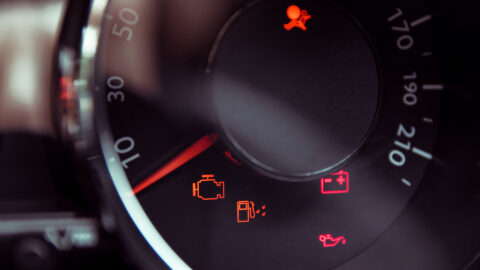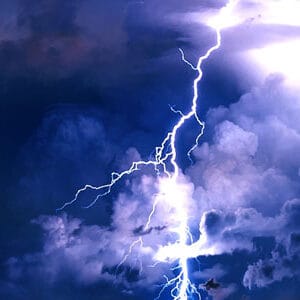Automobile manufacturers design dashboard warning lights like the “Check Engine Light”(CEL) to be noticeable, usually in amber or red, and either blinking or steadily illuminated.
These indicators serve as alerts for underlying issues with your vehicle. It is important not to ignore them, particularly if you notice any problems with your car’s performance. If you experience such issues, we recommend that you seek professional assistance.
CEL Diagnostics
Modern vehicles are akin to computers on wheels, requiring skilled technicians equipped with the appropriate diagnostic tools to communicate with and service these technologically advanced machines. While resolving a CEL issue can sometimes be straightforward, it may also indicate more serious underlying problems. Given the significant investment in today’s vehicles, neglecting a CEL could lead to further complications down the road.
We have a standard charge for diagnosing most CEL issues. Properly diagnosing the cause of a CEL takes time, training and sophisticated equipment. Codes generated by the onboard diagnostics are generally only a starting point for proper diagnosis, pointing our technicians in the direction of the problem. Our highly trained technicians utilize cutting-edge scan tools and diagnostic equipment, along with up-to-date manufacturer data, training and experience, to address CEL issues effectively.
CEL explained
Since 1996, vehicles have been equipped with an orange “Check Engine” or “Service Engine Soon” light as part of the Onboard Diagnostics-2nd generation (OBDII) system. When illuminated, this light signals that the vehicle’s onboard diagnostic system has detected a problem within the engine, powertrain, or other vehicle systems.
Flashing versus constant CEL
- A flashing light indicates a serious problem. If your CEL starts flashing, you should immediately pull safely to the side of the road and turn off the engine. The vehicle should then be towed to your favorite repair shop, hopefully us 😊. Driving your vehicle with a flashing CEL could cause serious damage, including destroying the engine or other critical systems.
- A steady light is usually not as critical, but you should have your vehicle looked at as soon as possible. Please do not ignore a CEL.


